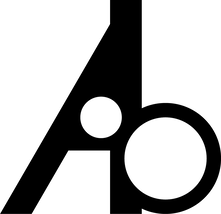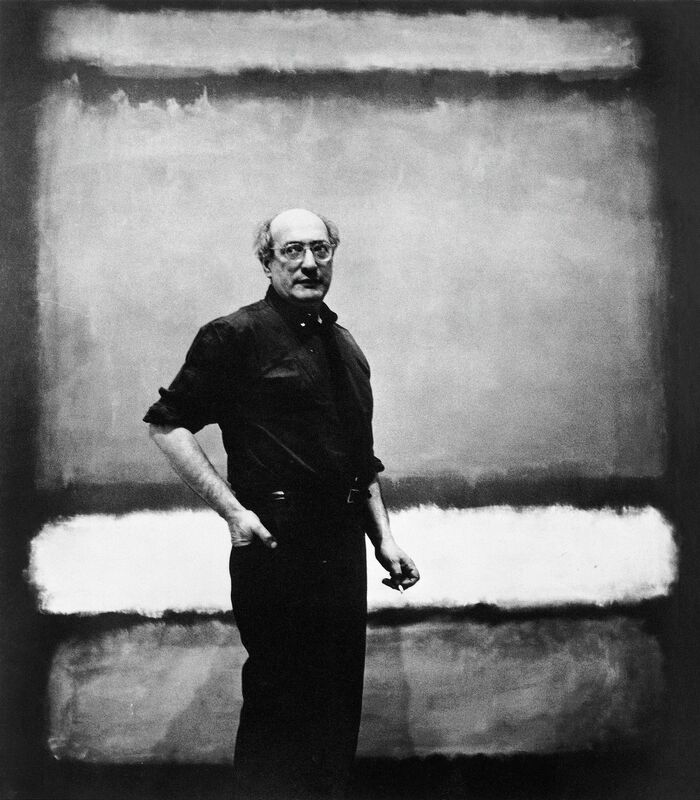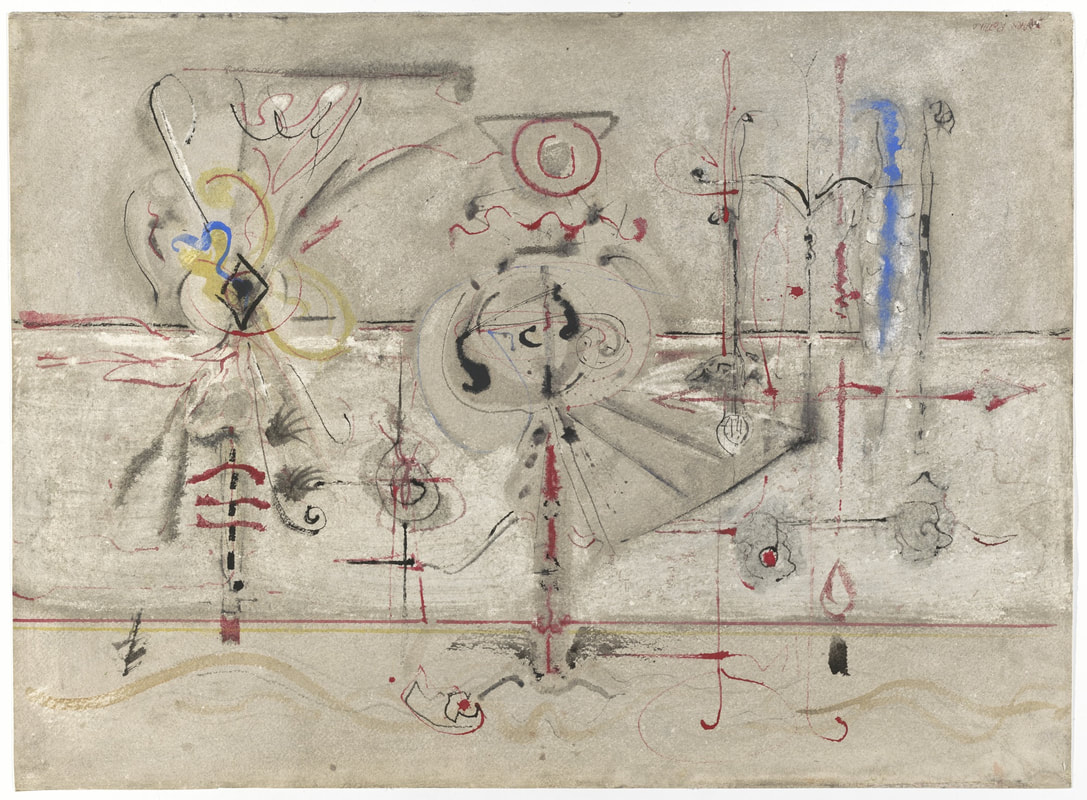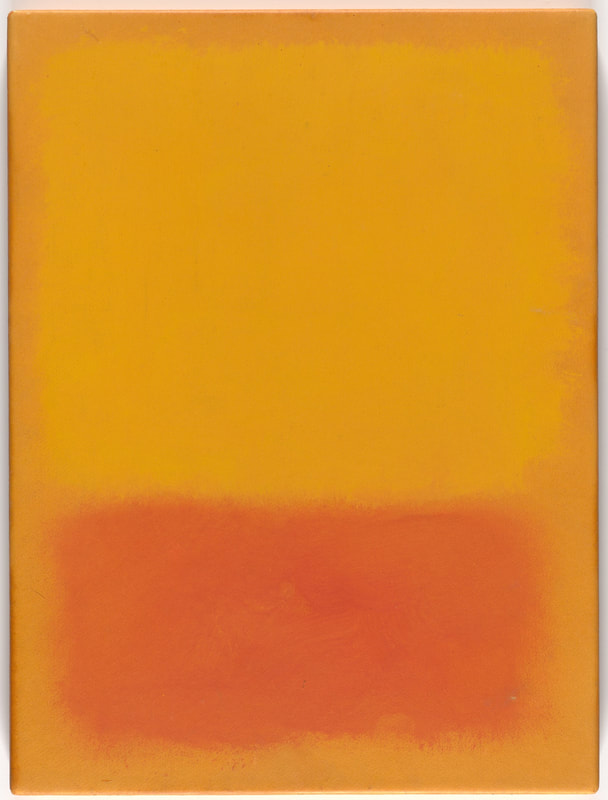Questions:
Here are the sources I used and some other NON-MANDATORY materials - if you're interested. The video is a slideshow of about 300 of Rothko's works. http://www.markrothko.org https://www.moma.org https://www.phillipscollection.org https://www.guggenheim.org https://www.moma.org
0 Comments
Leave a Reply. |
AuthorWrite something about yourself. No need to be fancy, just an overview. Archives
June 2019
Categories |




 RSS Feed
RSS Feed
